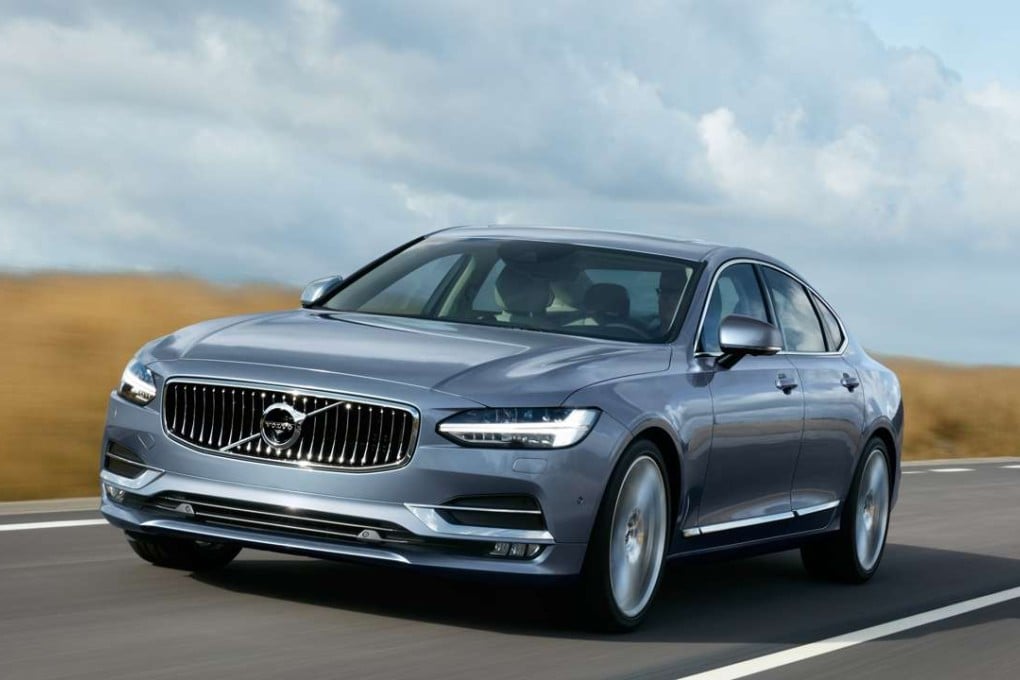Why Volvo’s macho S90 may help revive Swedish brand's fortunes
The Chinese-owned carmaker’s new executive sedan is fast, smooth and svelte. Can it help Volvo shed the boring tag for good?

According to unreliablehistory.com, when Winston Churchill made his celebrated V for Victory signs in the 1940s, he was in fact foretelling the rise of a powerful force that would dominate the tastes and behaviour of generations hence. An unstoppable, automotive force in evidence since 1927. A force called…Volvo.
Okay, I just made up the bit about Churchill. But the rest is true, to varying degrees. Quality and safety (of which, more later) were Volvo’s watchwords from the off, plus dependability, despite the harsh natural habitat in which its vehicles were to function. It took a mere five years for the company to pass the 10,000-car milestone and even the Second World War couldn’t stop its PV444 topping sales charts before grabbing a slice of the American pie.
Nor was Volvo so staid that the swinging ’60s swung right by: witness the lusted-after P1800 driven by Roger Moore in British television thriller series The Saint. Then as Volvo moved in on the family-car market, its saloons and estates were suddenly everywhere, not least because of innovations including rear-facing child safety seats, side-collision protection, crumple-on-impact zones and collapsible steering columns. Where would Mr Safety First of Surbiton ever have been without his Volvo 244? What would suburbia the world over ever have looked like without a Volvo 360 in every second driveway?

Which brings us to today – and, lo and behold, to a pride of Sweden that has been Chinese since 2010, when the Zhejiang Geely Holding Group acquired Volvo Cars. Hey, everything from English Premier League football clubs to much of Africa is at least partly Chinese-owned these days, so why not household-name car manufacturers?
Today’s S90 is svelte in body, rakish in roofline and fronts up to the world with an engine grille descended directly from the P1800
It also brings us to the S90, which the company trumpets as its “flagship executive sedan” and which continues the restoration of the marque’s fortunes. Volvo’s famous badge represents a chemical symbol for iron, so it’s not to be confused with the biological symbol for the male gender. There is, however, plenty that’s macho about the S90, with its four-cylinder, two-litre, turbocharged and supercharged engine producing 320 horsepower for the T6, all-wheel-drive edition (whose price is also a fairly intimidating HK$799,800).
